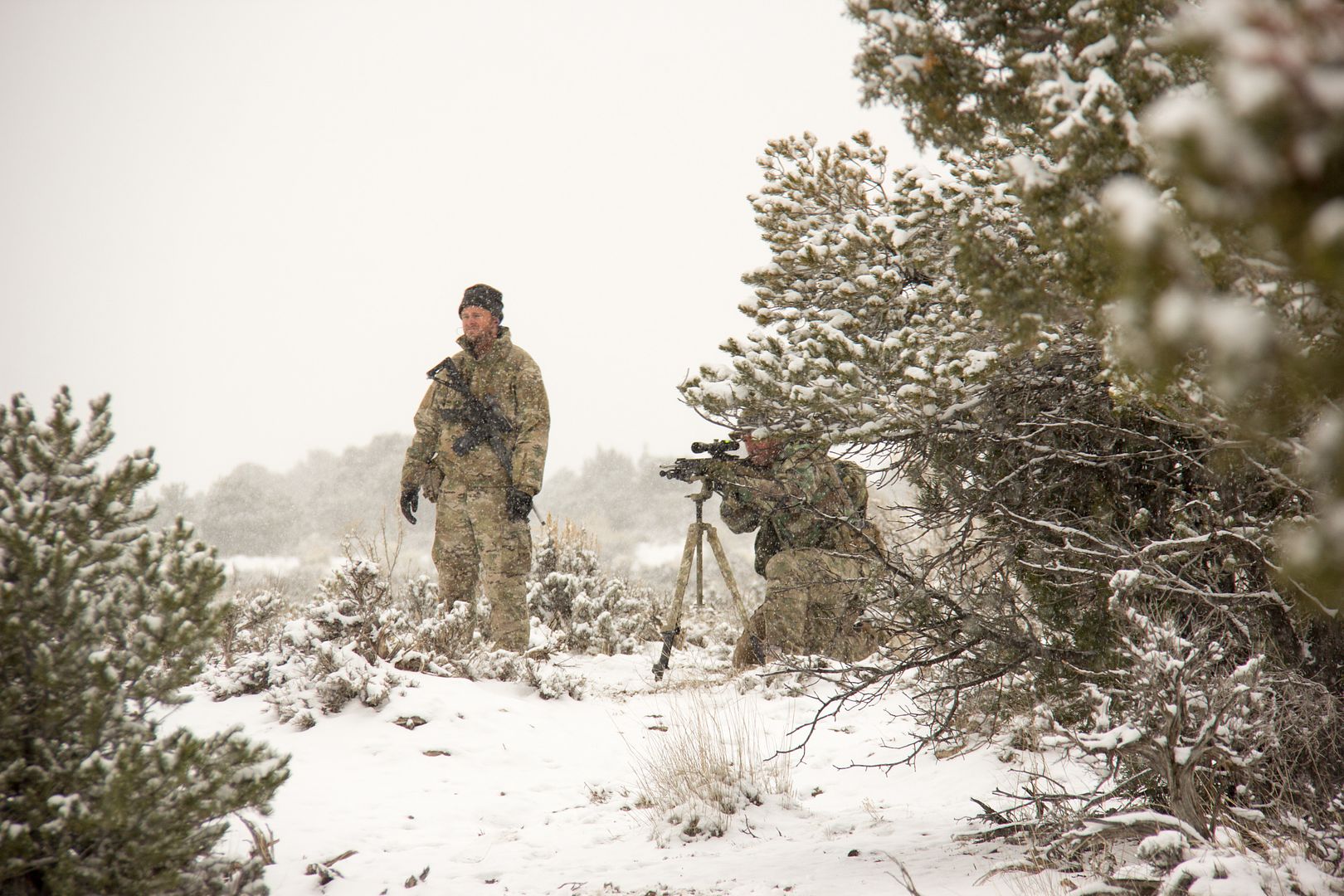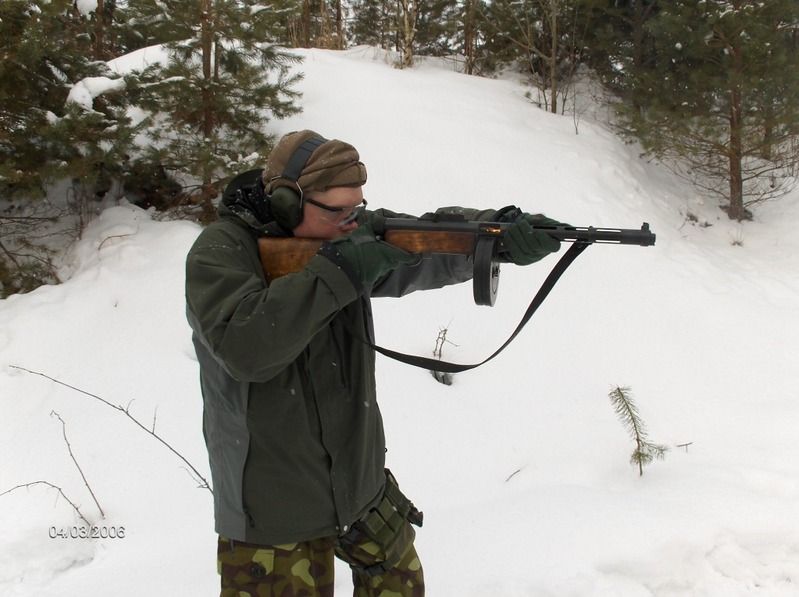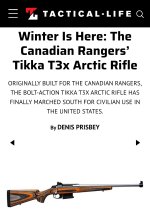The problem with civilian guns is that we don’t know what the parts were held-to in reference to any type of TDP.
For a military contract, the parts have to have a pedigree from raw materials to final, even before they show up at the assembler’s plant.
For civilian market, it’s all about delivering in a timely manner at optimal margins for your business model.
What we’ve seen over the years with Vismod-15s (Pat Roger’s description of them) is that an assembler will source parts from wherever they can as quickly as they can to meet demand of wholesalers or FFLs moving their products quickly.
Many of the big-name AR-15 assemblers relied on common small parts sources for decades, including DPMS. A lot of those parts wouldn’t meet specs for some companies, whereas others didn’t care.
You can see a big difference in hammers, springs, small parts, detents, extractors, bolts, barrel extensions, carriers, fasteners, etc. if you know what you’re looking at.
Mil contract guns will have proof marks and inspection codes on parts, and the parts will be made of certain alloys, steels, and polymers. Look at a Colt A2 pistol grip vs a Vismod pistol grip as an example. The material quality is much more substantial, because they had to meet the TDP Arctic portion of the trials up at CRTC at Greeley. Same with extractor springs, action springs, ejector springs, CH latch springs, even the Forward Assist spring.
If you want one of the best-made AR-15s for extreme cold, look at what the Canadians have made at Diamaco for decades, now Colt Canada. There are reasons why British SBS and SAS have used those weapons for so long. I think the Danes, Norwegians, and Dutch SOF/Commando/Recce units used them too.
I had some petty lengthy conversations with Colt Canada engineers about parts and processes differences, and they just don’t to stupid things like HPT on bolts, while using better approaches to forming the bolt steel. Bill A. also used to do depot-level repair on UK service weapons, and noticed that their bolts would last very long in high volume, so it’s not just anecdotal at that point. The chambers were egged out before bolts broke.
One of the best resources I’ve seen lately about parts is School of the American Rifle. He has some very enlightening videos for those that haven’t seen the actual differences between parts, and still think that Mil-Spec is just marketing. I’ve lost count how many time I’ve heard a gun clerk say, “Mil spec is just the bottom of the standard. This here has a nicer barrel/tighter-fitting receiver set, Nickel Boron BCG, better trigger, etc. with Cerakote transient gender green, much better than Mil-Spec lowest bidder crap.” Customer looks up in bewilderment as if they have just been well-informed by a highly-knowledgable salesman, when they were in reality misinformed and are now less-aware of realty than before they entered the store.
It’s extremely difficult to achieve true Mil-Spec, and the main reason for that is the Arctic Weather operation requirements, as well as dimensional adherence to the TDP.










